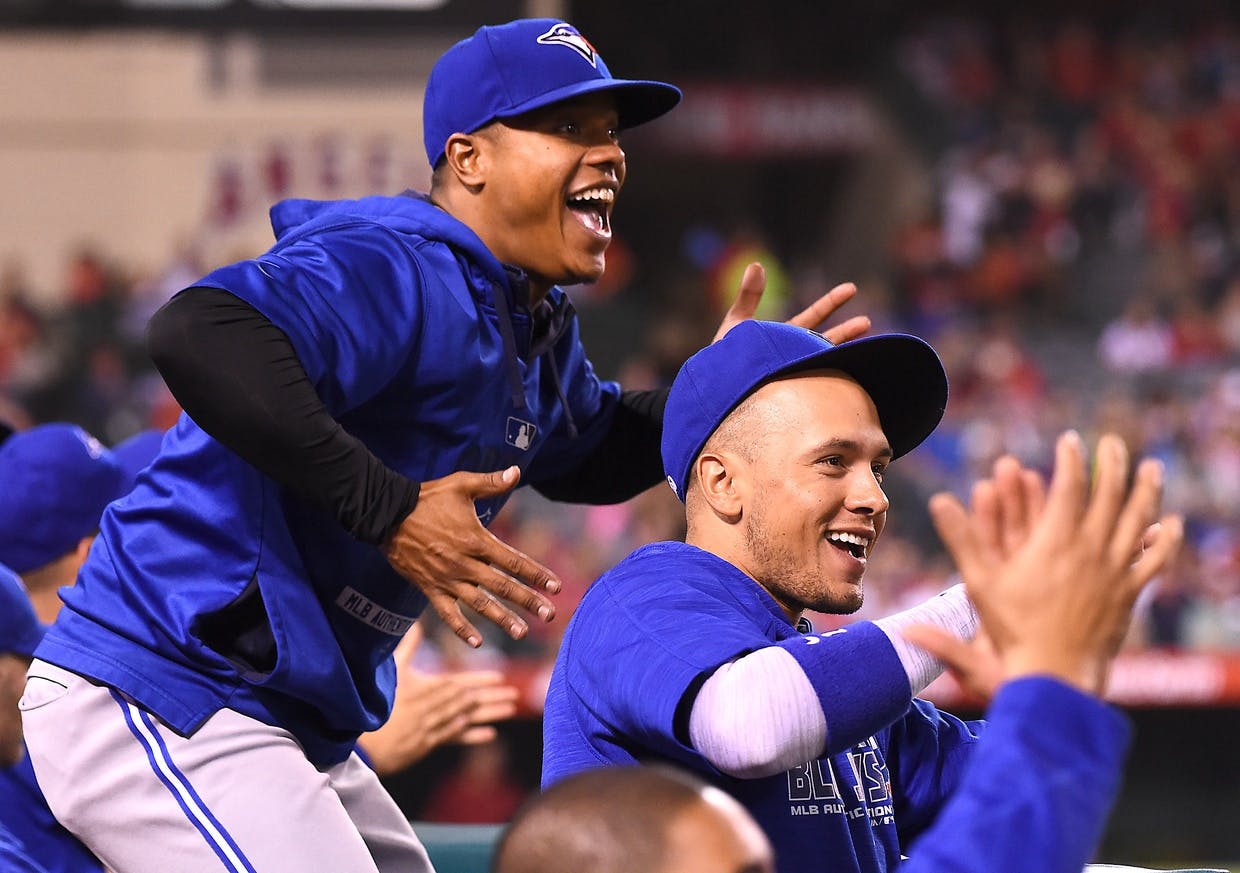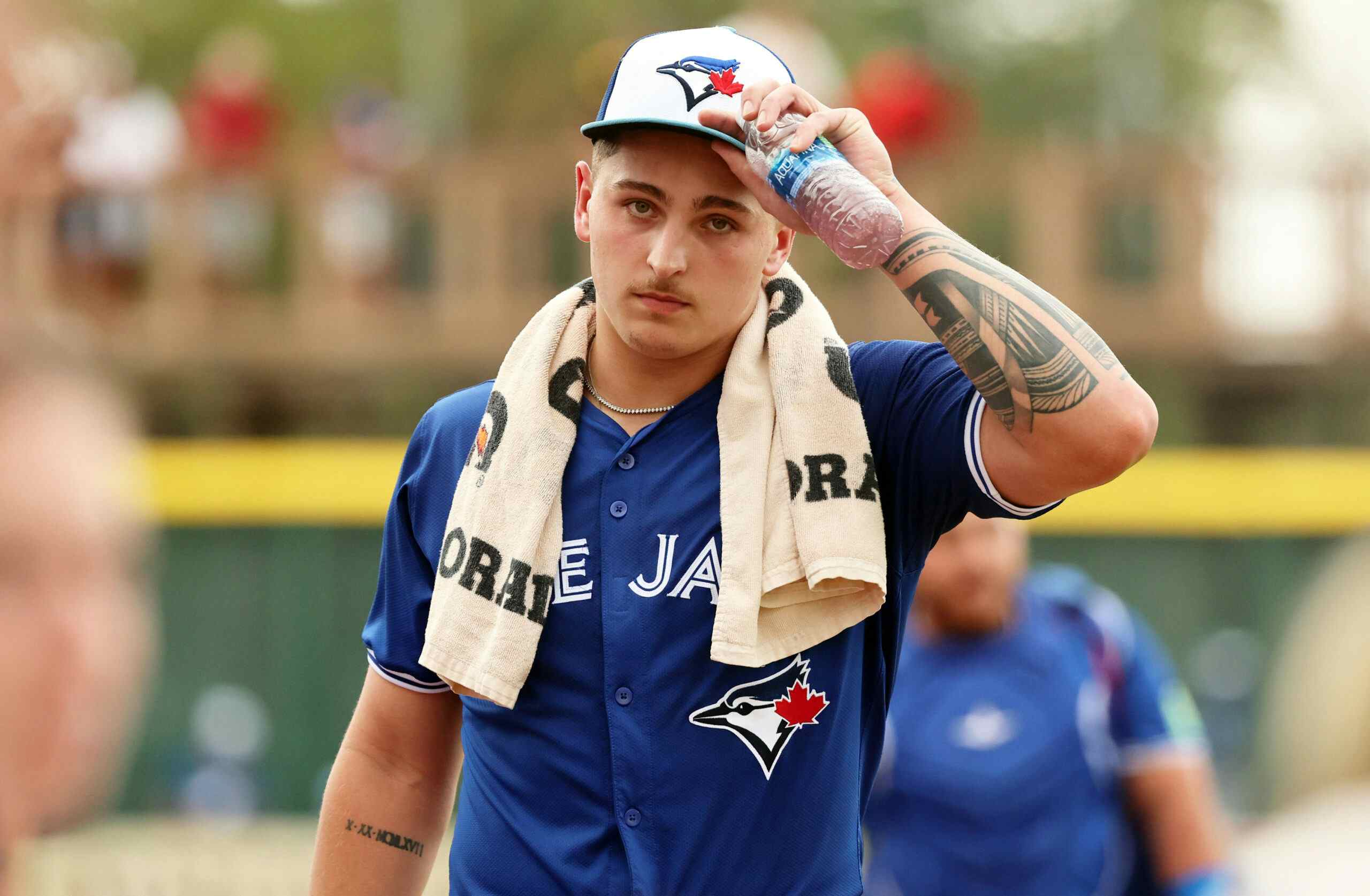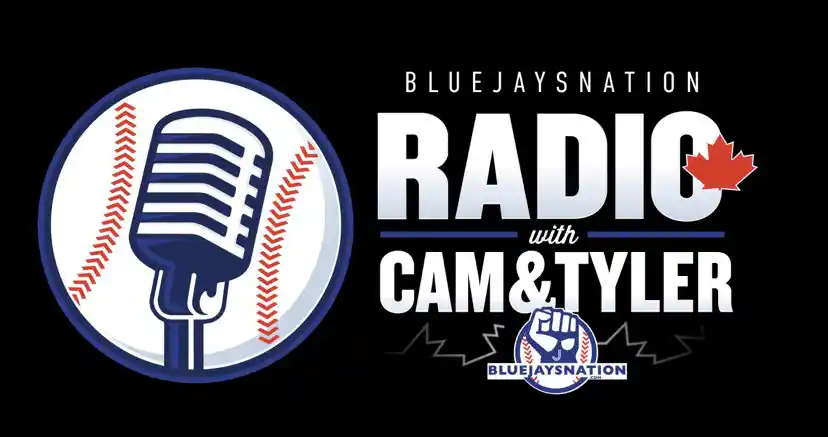Fall In Love With a Player and You’ll Fall In Love With Baseball

In what seems to be an endless and largely fruitless campaign, baseball commissioner Rob Manfred and the MLB powers that be have spent the last handful of weeks reigniting the pace of play conversation for 2017, part of their mission to speed up what is a notoriously slow game. (Full disclosure: you’ll see a big yawn from me on the mission, but never a yawn on the game itself.)
Last Thursday a number of rule changes were officially announced for the upcoming season, including “a 30-second limit for a manager to decide whether to challenge a play and invoke play review” and, perhaps most controversially, the elimination of the ever-delightful four pitch intentional walk.
The aim has long been clear—cut down on all those pesky action-less minutes, tighten things up, and set the bait for a supposedly distracted selfie generation who would flock to the game if only it was comparable to a summer blockbuster.
The general absurdity of this plan has already been excessively hashed out, many critics citing that fact that something like the intentional walk, for example, results in an average per game savings of less than a minute. To many, the magic two hour and thirty minute mark that has been tossed around as a goal doesn’t really seem like it will present any huge draw, especially for those who are probably getting bored during the first hour anyway. But rather than complaining about and mocking the changes, it feels more fitting to ask ourselves what, then, is the solution to a very real audience problem?
The easiest — and perhaps simultaneously the hardest — way to answer this question is to look back on what exactly it is that made us baseball die-hards in the first place. I mean, why are the already converted more than happy to sit through three plus hours, multiple times a week, when, on the whole, not all that much happens? For those who were introduced to baseball’s charms as a child, the initial answer might be as predictable as “hot dogs” or “my dad,” but like any long-term devoted union, we fall in love all over again, day after day, and keep going back as a result of that love. And in the case of baseball, many of us renew our passion via our connections to the men on the field—their unique stories, their triumphs, and their personas, both real and imagined.
It has often been noted that baseball lags behind other high profile sports in terms of truly monopolizing on the vibrant personalities of its players, and every time the pace of play conversation comes up it’s a lag that’s revisited by both fans and experts alike. We know the culture in general discourages athletes from being outspoken, and it’s long been discussed that the game doesn’t attract the same high profile endorsement deals that you find in, say, the NBA. “Endorsements, fashion—it’s something baseball doesn’t see,” Washington National Bryce Harper famously told ESPN Magazine early in 2016. “In soccer, it’s Beckham or Ronaldo. In basketball, it’s Curry and LeBron. In football, it’s Cam. Football and basketball have such good fashion.” The game further suffers from a natural opacity to newcomers made worse by its complex rules, and the perpetuation of a mainstream myth that only hardcore analytical mathematicians can truly enjoy it.
But to me, this issue feels more personal than “successfully market the hottest players around.” Time and time again, I talk to newbies who have gotten on board because they feel intimately drawn to the performances, backstories, words, and deeds of a particular player; someone that appeals to them on an individual level, and from that initial touchstone the entire game opens up to them. (It has happened to me with Devon White and Kelly Gruber, and later with Justin Verlander and Adam Lind. It happened to my husband with Dioner Navarro.) I have said before that a favourite player is much like a gateway drug, and if Major League Baseball wants new, younger fans addicted, its potential and established stars are where they should focus most of their attention.
Case in successful point is Marcus Stroman, the refreshingly transparent young athlete we have witnessed blossom into a bona fide feel-good, life-advice-dispensing personality, thanks in part via the strength of his own self-created brand. Sure, curmudgeons have made a point of criticizing him for being “distracted” by his fashion and music side projects, saying he spends too much time putting out inspirational messages and self-promotion out on Twitter and not enough time working on what happens on the mound. (Obviously untrue, but I would also argue humans contain multitudes, and it’s possible — even healthy and beneficial — to have multiple interests at once.)
It’s these more holistic thinkers — the enthusiastic, very human Stroman, or the aforementioned savvy Bryce Harper — that do so much work attracting newcomers, and certainly produce more audience results than any minor, obscure rule change could. Even former Blue Jay David Price’s recent humble idea that players should be able to assert their personalities via their footwear speaks volumes. “Let us wear whatever cleats we want, that will increase interest,” he said. “I think that’s very simple and would make everyone happy.”
These players’ ideas are about promoting personal identity and therefore the endless richness of the game. They’re about making things fun, accessible and, well, cool. And MLB could and should be doing a lot of the work for them.
As Peter Abraham wrote recently in the Boston Globe, “MLB should use its marketing force and MLB Advanced Media to give young stars a bigger stage. The Red Sox, as an example, promote Fenway Park more than they do Xander Bogaerts. Players need a better platform than their own social media accounts.”
For a lot of us, the players we like are the reason we go on lengthy, costly road trips to unfamiliar cities. They are the reason we tune in religiously to all those meaningless spring training games. They are the reason we sit through lengthy televised pressers and the reason we spend our money on their jerseys in the team store. We’ll enthusiastically lap up a Players’ Tribune video of Stroman taking over photo day (and the Players’ Tribune in general, for that matter,) and we’ll buzz about the upcoming Sportsnet docu-series on Toronto Blue Jays’ compelling backstories. We like to know the narratives of the players we cheer for, and there are a great many players already skilled at and happy to deliver what we like.
While some may just want to stick to the game, find the shared details of a players’ lives frivolous, and will inevitably say “who cares,” you can’t dismiss the fact that there is a wide swath of both casual and infatuated fans that do care that Bryce Harper got married this offseason, or that Josh Donaldson went to Vegas for the weekend or got a brand new puppy, or that Yasiel Puig’s adorable new baby made an appearance at spring training. These fans are not any better or worse—they’re just different from the kind MLB culture generally prioritizes and caters to.
I don’t think it’s entirely out there to suggest that you sit through a three hour game not only because you are invested in its outcome, but because you come to care about the lives of the men that play it. I’m certainly not asking we turn MLB into a gossip rag, or that players should be forced to do or share anything they’re not comfortable with, only that we understand that very human details are some of the most valuable to those who don’t yet have an emotional connection to it. (As a related aside, last month Liz Roscher at Yahoo Sports offered three great ideas to engage the younger fans that MLB is so desperate to attract, and in earlier this month Baseball Prospectus’s Kate Morrison shared her comprehensive and wise thoughts on MLB’s image and marketing problem.)
You can wave all sorts of shiny new things in fans’ faces. You can try to make things more efficient and therefore more “action packed.” And hey, these are admirable goals in a world that consistently demands more and more entertainment value to the dollar—no one is saying that the game should be entirely immune to change and improvement. But at the end of the day, people will only love (and pay for) what they’re invested in, and I can’t help but think that players’ accessibility, humanity, and identity is the most straightforward route for any potential fans still struggling to find a way in.
When you give people an opportunity to fall in love and feel a personal connection with these athletes, they’ll never complain about the amount of time they have to spend with them on a sunny weekend afternoon.
Recent articles from Stacey May Fowles





